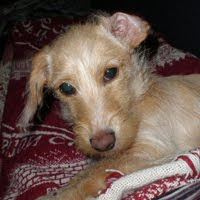
.

.
Newcomers to the community may be wondering about those big shady trees with huge leaves and white flowers. We call them catarbur trees and the fish bait that grow on them are catarbur worms. Google the word, as we did, and you will find the only one in the internet world who is spelling it right. It's on the Georgia Outdoor News Forum in answer to What do you use for Trotline Bait? The URL is http://forum.gon.com/showthread.php?p=169659
.
Google catalpa catawba and find 108,000 results, including these few:
Catalpa , also spelled Catawba, is a genus of mostly deciduous trees in the flowering plant family Bignoniaceae, native to warm temperate regions of North America, the West Indies, and eastern Asia.
http://fotokew.wordpress.com/2007/05/11/southern-catalpa-catawba-indian-bean-tree-fish-bait-tree/
What are Catawba/Catalpa Worms?
Catawba worms are actually not worms at all, they are the larvae of a Moth that only eats the leaves of a "Catalpa/Catawba" tree. They only "show up" on Catawba trees seasonally and only on certain trees, making them extremely hard to find.
http://catawbaworms.com/
THE CATALPA SPHINX1 is a common hawk or sphinx moth, but it is the caterpillar stage, that is most often encountered and best known. The caterpillars, commonly called catalpa worms or "catawba" worms, feed on leaves of catalpa and often completely strip trees of foliage... While the catalpa worm is well known as a tree pest, it may be as well or better known to some for its attractiveness to fish. The caterpillars have long been valued for fish bait, and references to their collection by fishermen date back at least to the 1870's when the species was first described.
http://en.allexperts.com/q/Pests-730/catalpa-catawba-worms.htm
A variety of comments can be read on Dave's Garden
http://davesgarden.com/guides/pf/go/1682/
Video of catarbur trees/worms:
http://www.youtube.com/watch?v=XrVpnuaiVqw
The full view of the tree was shot in Parkerville. The closeup of flowers ws made in Soperton; look hard under the blossoms for clues of the exact location.
.
If you like this post, forward it to your e-mail friends.
This post approved by Marlee.
http://treutlenenews.blogspot.com


No comments:
Post a Comment